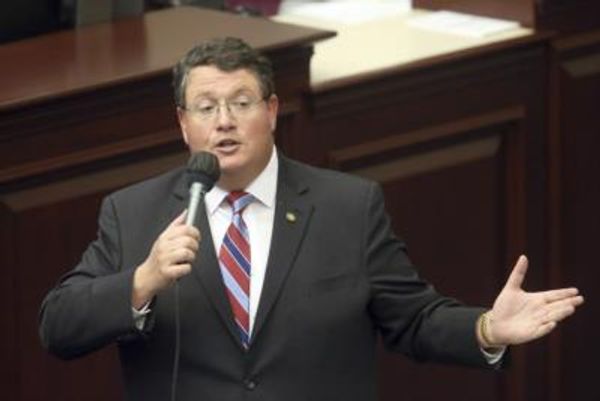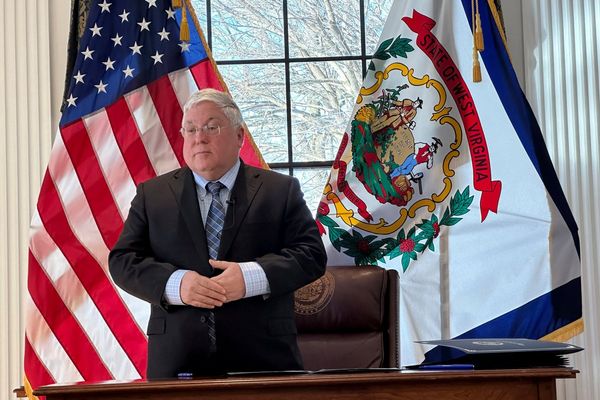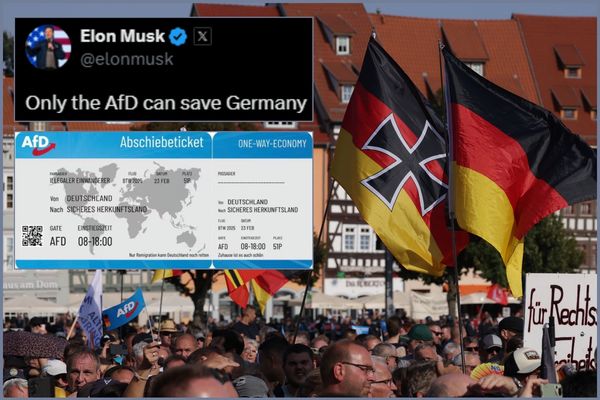
Despite their essentially local character, many observers (including in Russia) saw Ukraine’s mayoral and community elections, held on Oct. 25, as a referendum on the country’s geopolitical orientation. More than anything, though, they turned out to be a midterm report card on political neophyte President Volodymyr Zelensky and his Servant of the People (SP) party.
When Zelensky became president in May 2019, he needed to do two things. First, he had to move quickly to make good on his promises to fight corruption. Second, he had to avoid making concessions to Moscow in the war in Donbass, which would compromise his standing as commander in chief of the armed forces and indicate to his critics a naiveté about Moscow’s ultimate intentions.
He made a good start. After a parliamentary snap election in July of that year, about 80 percent of the body’s seats were turned over to new members. In short order, the parliament produced a majority government that passed an overdue law ending immunity from civil lawsuits for sitting members; a law against illegal enrichment; a law that saw Zelensky’s oligarchic ally, Ihor Kolomoisky, lose his bid to regain control over Privatbank, which was nationalized in 2016; and land reform. Meanwhile, Zelensky himself has not been caught up in any corruption scandals, a rarity for Ukrainian presidents, and most of his colleagues have likewise stayed on the right side of the law and morality. But judicial reform remains a work in progress and many public service institutions are as weak as ever.
The picture on Russia is ambiguous. Zelensky initially stressed the defense of his country’s national interests, but over time has been lured into concessions to Russia that have lowered his standing with the pro-West sections of the public. For example, in the fall of 2019, he pulled back troops from three segments of the Donbass front, without reciprocal moves from the separatist and Russian forces. He also forbade his troops in those areas from returning fire (a charge the government has denied), something that has been deeply demoralizing for the soldiers.
Zelensky has come under criticism for his Russia policy from Western powers. In an unprecedented meeting in October of this year, the head of Britain’s MI6 foreign-policy intelligence agency discussed with Zelensky concerns about sensitive information leaking from Kyiv to foreign countries. Zelensky was also grilled on BBC’s HARDtalk, where host Stephen Sackur exposed his circumlocutions about negotiation “successes” concerning the Donbass war. For many commentators back home, Zelensky appeared set to become the latest in a long list of failed Ukrainian vassals who thought they could finesse the wily Kremlin.
In actual matters of defense, though, Zelensky’s record is at least passable. Early in his term, he visited the arms factory in Turkey that manufactures and sells Ukraine the combat-proven Bayraktar TB-2 drone. Discussions are well underway about production in Ukraine of a larger Akinci model, already undergoing flight tests in Turkey, which will use Ukrainian engines. More recently, he visited Turkey again and signed a “goodwill” agreement that foresees imminent free trade between the two countries and continued close cooperation in arms development. That partnership should beef up the Ukrainian military to withstand Russian aggression.
In addition, his government has followed through on deals to buy coastal patrol boats from France, the United States, and the United Kingdom, in each case with technology transfer and co-manufacturing benefits. The purchase of eight British Barzan patrol boats was confirmed under a larger free trade and strategic partnership agreement between the United Kingdom and Ukraine in October.
In some ways, Zelensky’s ambiguity on Russia has served him well. But during the most recent election, he found himself trapped. On the one side was the Opposition Platform for Life (OPFL)—a splinter party formed in 2018 after the demise of former President Viktor Yanukovych’s Party of Regions—which ran on an explicitly pro-Russian message. On the other were politicians aligned with former President Petro Poroshenko, whom Zelensky had previously cast as too obdurate in relations with the Kremlin. It is not Russian aggression that has prolonged the war, he maintained, but unreasonableness from the Ukrainian side.
Between those two poles, Zelensky was left little room to maneuver in the middle. This occurred as pro-Russian oligarchs, fed up with the president’s anti-corruption efforts, were starting to use their dominant positions in television broadcasting to discredit him.
For Zelensky, the best chance of coming through unscathed was if local concerns beat out foreign policy when Ukrainians went to the polls. And there was reason for him to be hopeful. In Ukraine, national and local elections are distinct; the former are concerned with geopolitics, the national economy, and ideology, while the latter are focused on social services. Whichever party provides the best administration generally wins its small districts.
In this regard, a poll taken in mid-August provided a remarkable insight into the public mood. A full 55 percent rated candidate honesty as an important criterion ahead of this fall’s local elections. Just over 48 percent listed community management experience. Backing by a personally preferred political party was mentioned by only 8.5 percent, and language of communication (whether the candidate speaks primarily Russian or Ukrainian) by 6.3 percent. More than 34 percent of voters expected local conditions to improve after the vote if decentralization was implemented, while 4.7 percent expected worse. These measures indicate a surprising degree of optimism.
In the end, at 37 percent, the election turnout was about 10 precent lower than in 2015, indicating that the public was not particularly motivated to make a change. Both the OPFL and Poroshenko’s European Solidarity party regained some of the vote that had gone to Zelensky and the SP in the presidential and parliamentary elections. Some interpret this as a rebuke of Zelensky, but the party vote shares largely suggest a return to an earlier pattern, which is not surprising, since new SP candidates are not particularly well known and established locally.
Regardless of party, almost all incumbent big-city mayors who had reputations as efficient providers of public services were reelected. Many victors in the eastern regions were affiliated with or sympathetic to the OPFL, but on social welfare grounds as much as on geopolitical. In the Kyiv city council vote, candidates who could be categorized as pro-national (anti-Russian) took about 63 percent of the vote, while the OPFL took 7 percent.
These results show long-term continuity in basic public preferences, including considerable staying-power by the OPFL. However, the voter optimism may indicate that the decentralization of politics, introduced by Poroshenko, is having a positive effect. In the short run, decentralization marks the further democratization of the country, a move away from the centralizing Russian model. Over the long run, it should also increase interest in local elections and strengthen civil society from the ground up.
Given Ukraine’s progress on decentralization, local elections will become ever more important. Decentralization has significantly increased local budgets and improved infrastructure. Local political participation is blossoming. Further maidans seem far off, inasmuch as free elections can be lost by incumbents and won by challengers. Citizens see that their votes are significant and that election outcomes are products of their preferences.
Local elections, thus, are less report cards on national leaders than on local progress. This represents a maturing of democracy, where the political parties have been served notice that they need to create stronger public service institutions—including institutions to crack down on corruption and protect the country’s security.
As Alexis de Tocqueville once noted, democracy enables people to correct their mistakes. Overall, Ukrainian democracy is on a satisfactory learning curve.







